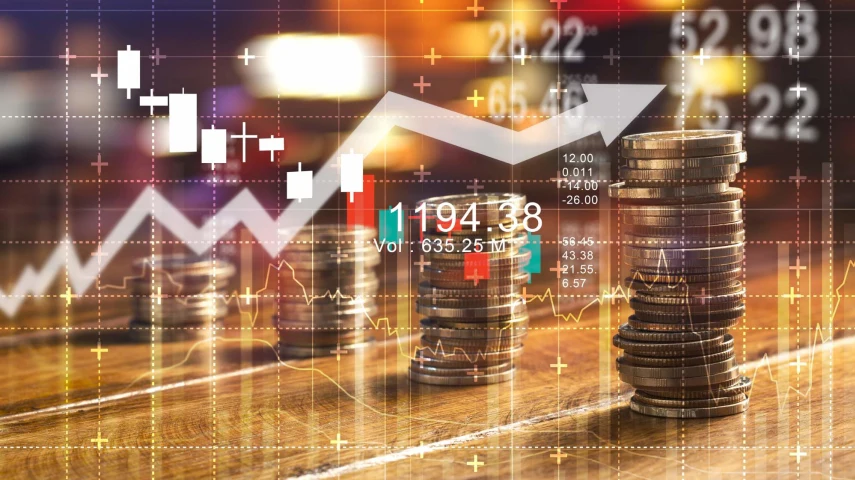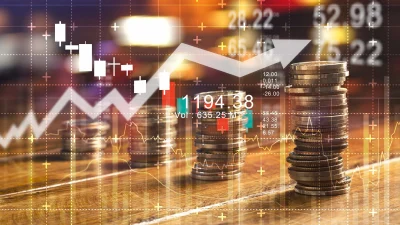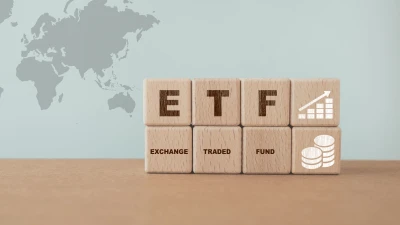ABS releases October CPI figure



Annual inflation remained at 2.1 per cent in October, the lowest since July 2021, though trimmed mean inflation has risen, indicating persistent underlying pressures, according to the ABS.
The monthly Consumer Price Index (CPI) indicator rose 2.1 per cent in the 12 months to October 2024, according to the latest data from the Australian Bureau of Statistics (ABS).
“Annual inflation was steady at 2.1 per cent in October and remains the lowest annual inflation since July 2021,” said Michelle Marquardt, ABS head of prices statistics.
Annual CPI inflation has fallen from 3.8 per cent in June to 2.1 per cent in October due, in part, due to significant price falls in electricity and automotive fuel as a result of government rebates.
Electricity fell 35.6 per cent in the 12 months to October, which is the largest annual fall in the electricity series ever recorded in the CPI. Automotive fuel prices fell 11.5 per cent over the past 12 months after repeated price falls in recent months.
“The falls in electricity and fuel had a significant impact on the annual CPI measure this month. When prices for some items move by large amounts, measures of underlying inflation like the CPI excluding volatile items and holiday travel, and the trimmed mean can provide additional insights into how inflation is trending,” Marquardt said.
Annual trimmed mean inflation, however, was 3.5 per cent, up from 3.2 per cent in the previous month and similar to where it was in August.
This is expected to play on the RBA's mind at its next rate meeting in December, and indicates that rate decreases could be a long way off. In its last meeting minutes, the RBA board stressed it has “minimal tolerance” to accommodating higher-for-longer inflation, and added that “returning inflation to target remains the board’s highest priority".
"It will do what is necessary to achieve that outcome,” it said.
Commenting on the announcement, Bendigo Bank chief economist David Robertson said: "Ahead of the last RBA meeting for 2024, the latest inflation data continues to support no change to official rates in December, but more evidence that the RBA should be cutting rates by May with the worst of the cost-of-living shock behind us.
"The 2.1 oer cent annual rise in the CPI indicator for October was below consensus and maintained the same pleasingly low rate as the previous month, but was driven primarily by electricity rebates.
"Underlying inflation measured by the ‘trimmed mean’ was higher at 3.5% so more progress is needed on this front, with the full quarterly numbers to be released on January 29th. Markets had been expecting an RBA cut in February but have recently pared back these expectations and are now aligned to our unchanged view of the easing cycle starting in May."
Earlier this week, CBA's senior economist Stephen Wu said he expects annual headline inflation to remain at 2.1 per cent in October, but noted that annual trimmed mean inflation would likely have ticked up to 3.4 per cent.
NAB's group economics team expected electricity prices to decline further, keeping year-ended inflation at 2.1 per cent, while projecting trimmed mean inflation to rise to around 3.3 per cent.
Recommended for you
GQG Partners has marked its fifth consecutive month of outflows as its AI concerns lead to fund underperformance but overall funds under management increased to US$166.1 billion.
Apostle Funds Management is actively pursuing further partnerships in Asia and Europe but finding a suitable manager is a “needle in a haystack”.
Nuveen has made its private real estate strategy available to Australian wholesale investors, democratising access to a typically institutional asset class.
VanEck is expanding its fixed income range with a new ETF this week to complement its existing subordinated debt strategy which has received $1 billion in inflows this year.











